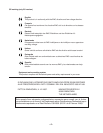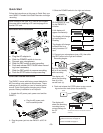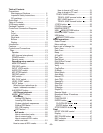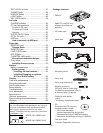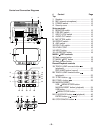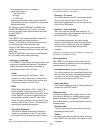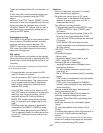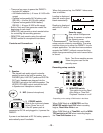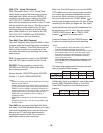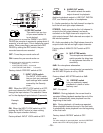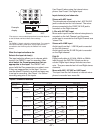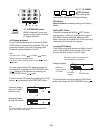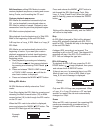- 12 -
Tracks are numbered from 01 to a maximum of
999.
A new track (file) is automatically started each
time recording is stopped using the STOP
button.
Using the "Auto TRK" feature, PMD671 can be
set to start a new track at specific time intervals
during recording (for example every minute).
Using the "Manual TR" feature, you can start a
new track during recording by sliding and re-
leasing the REC switch.
• Automatic recording
The PMD671 can be set to stop recording when
there is silence (SilentSkp feature) and auto-
matically start when sound resumes. The
PMD671 can be set to automatically add an
EDL mark (Auto Mark feature) to the track at
each such starting point.
• EDL marks*
EDL (Edit Decision List) marks can be created
during recording manually or automatically. EDL
marks help you find those specific points in the
recording.
*The EDL marking system is proprietary to Marantz Profes-
sional solid state recorders.
• During playback, you can search for EDL
marks in forward or reverse.
• You can change an EDL mark into a skip mark
or an A-B repeating point. That option allows
you to create custom playback sequences
which include skipping or repeating audio
between EDL marks.
• Up to 255 EDL marks can be added to a CF
card. EDL marks are numbered consecutively
starting at one. During recording, you can
manually add an EDL mark by pressing
MARK. EDL marks can be added automati-
cally, for example, at the beginning of each
track.
• PMDEdit computer software is specifically
designed for the PMD671. PMDEdit recog-
nizes EDL marks generated by the PMD671.
This is especially useful for editing audio files
on your PC. Visit www.d-mpro.com for more
information.
Features
• Stereo (2 channels) and mono (1 channel)
audio recording and playback.
• Records onto various types of CF cards.
(Please refer to the Marantz Professional
web site at www.d-mpro.com for a list of
recommended cards.)
• Two different recording formats:
• Compressed recording using MPEG1 Layer
II (MP2) or MPEG1 Layer III (MP3) mono
and stereo.
• Uncompressed recording using 16-bit or 24-
bit linear Pulse Code Modulation (PCM).
16-bit 44.1kHz PCM recordings are standard
CD quality.
24-bit 96kHz PCM recordings are high
quality recordings used in professional audio
and film studios.
• MS-DOS™ and Windows compatible file
system.
• Selectable file types:
• Wave (.wav)
• Broadcast Wave Format (.bwf or .wav)
• MP2 (.mpg)/MP3 (.mp3).
• Recording bit rate is selectable:
• .mpg/mp3 compressed at 32kbps (recom-
mended for dictation),
32, 48 or 64kbps (recommended for voice
recording), or
128 or 192 kbps (recommended for recording
music)
• PCM (.wav) uncompressed (very high quality
mono audio recording)
• PCM (.wav) uncompressed 24 bit/96kHz
(stereo) (recommended for very high quality
audio recording)
• Manual, manual with limiter and automatic
record level control (ALC).
• An ANC (Ambient Noise Cancel) switch for
reducing unwanted background noise.
• Electronic 'Read After Write' monitoring (time
shift) feature.
• Automatic electronic file verification feature
(Verify).
• CF card compatibility check feature (Card
Check).
• Pre-Recording memory buffer that records 2 to
4 seconds* of audio before recording is
started.
*Normally 4 seconds. Depends on Rec Format settings.
• Portions of multiple recordings can be played
back in sequence using EDL marks.



